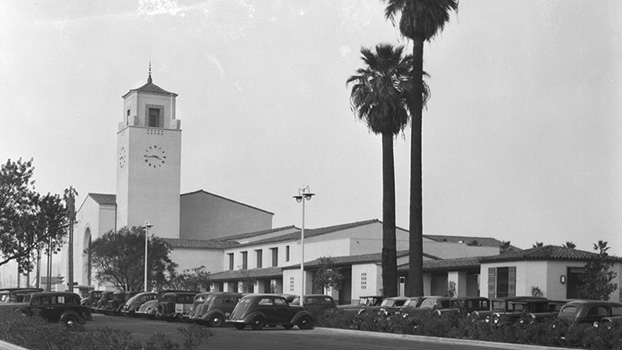
Celebrate an iconic Los Angeles landmark!
Los Angeles Union Station celebrates its 75th Anniversary this month. Historic Resources Group continues work on the Union Station Master Plan serving as historic preservation consultant for the Master Plan team. Scheduled for completion in autumn 2014, the Master Plan will help guide expanded transit operations and future development at the station.
Side: Union Station, c. 1940. Courtesy of the California Historical Society.
Paul Williams-designed residence is designated.
Historic Resources Group successfully nominated the Hunt Residence, located on Oakmont Drive in Brentwood and designed by Paul R. Williams, as a City of Los Angeles Historic-Cultural Monument. The nomination was initiated by members of the community who were concerned about the proposed demolition of the property. Williams designed the residence in 1940 for Nelle Payton Hunt, a recent widow who was looking to downsize from her grand residence in Berkeley Square. The Hunt Residence was designed specifically for the site and to suit the needs of the client, while reflecting Williams’ aesthetic and the development of his design theories in the middle years of his career. Extraordinary care was taken in the siting of the residence on the lot, and it exhibits the quality of design and detail for which Williams is known.
Side: Hunt Residence, 1940, designed by Paul R. Williams. Photo courtesy of Mary Morgan.
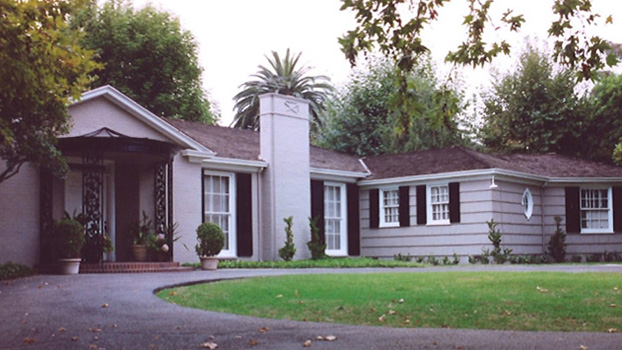
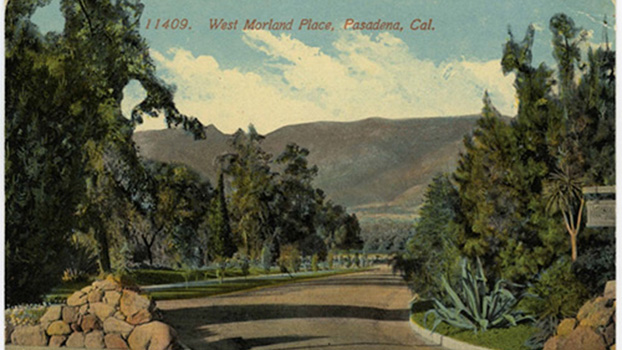
HRG coordinates new landscape plan for the Gamble House.
Historic Resources Group has been hard at work on a Cultural Landscape Report for the celebrated Gamble House, Greene & Greene’s Arts & Crafts masterpiece in Pasadena. The report will document the history and significance of the landscape surrounding the iconic house and provide appropriate treatments for its continued use, maintenance, and rehabilitation. Our research continues to reveal interesting and little-known facts about the property. It is well-known, for instance, that the Gamble House was commissioned by Proctor & Gamble heir David Berry Gamble and wife Mary as a refuge from the severe Midwestern winters characteristic of their primary home in Cincinnati. Less known is the fact that several unusually harsh winters in Pasadena between 1911 and 1914 largely destroyed the original plantings of the Gamble House landscape which had to be almost completely replaced.
Side: Historic Postcard of Gamble House, South Entrance Landscaping.
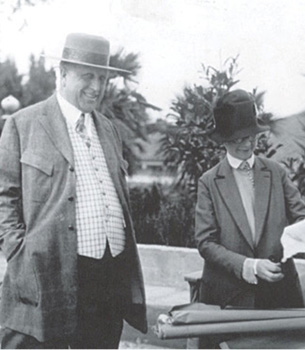
HRG Principals present at conferences and workshops.
Principals from HRG have been busy speaking at conferences, workshops, and training sessions. Peyton Hall, FAIA, gave a presentation in April at the 39th California Preservation Conference titled “California Historical Building Code: From Purpose to Practice”, which featured recent changes to the California Historical Building Code (CHBC) and analyzed how alternatives allowed under the CHBC have been successfully applied. In June, at the AIA National Convention, Peyton will speak on the role of architects in federal historic tax projects. The AIA’s Historic Resources Committee is sponsoring and organizing a proposal initiated by the National Park Service to strengthen the public/private relationship by educating architects about practice opportunities in this field.
Christine Lazzaretto, attended the Docomomo US National Symposium in March, and presented the Forum rehabilitation project at a panel discussion called “Advocacy and Scale: The Challenges of Sporting Stadiums.” She discussed the Forum as a preservation success story in the challenging realm of adaptive reuse of historic sports venues.
Christy McAvoy gave a talk in March at a California Preservation Foundation Workshop on the California Environmental Quality Act (CEQA) in Los Angeles. In April, she conducted a training session for docents at the Annenberg Community Beach House in Santa Monica. Topics at this training session included the history of the site, which was formerly the Marion Davies Estate and, later, the Sand and Sea Club; the relationship between clients Phoebe Hearst and William Randolph Hearst and the architect Julia Morgan; and an overview of Morgan’s life and work.
Above: W.R. Hearst and Julia Morgan, c. 1930
Side: Annenberg Community Beach House, Santa Monica.
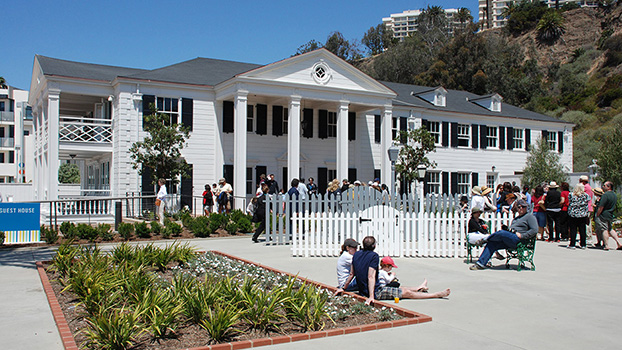

HRG celebrates 25 years of preservation practice.
2014 marks the 25th anniversary of Historic Resources Group’s founding. Since then, HRG has been privileged to provide architectural history, historic architecture, and preservation planning services throughout California and the United States. We are humbled by the array of clients and projects we have worked on over the last quarter century and grateful for the intelligence, creativity, and professionalism of our clients and collaborators both past and present.
Looking forward, we are energized by the challenging work that continues and remain committed to providing the best in preservation services for many years to come.